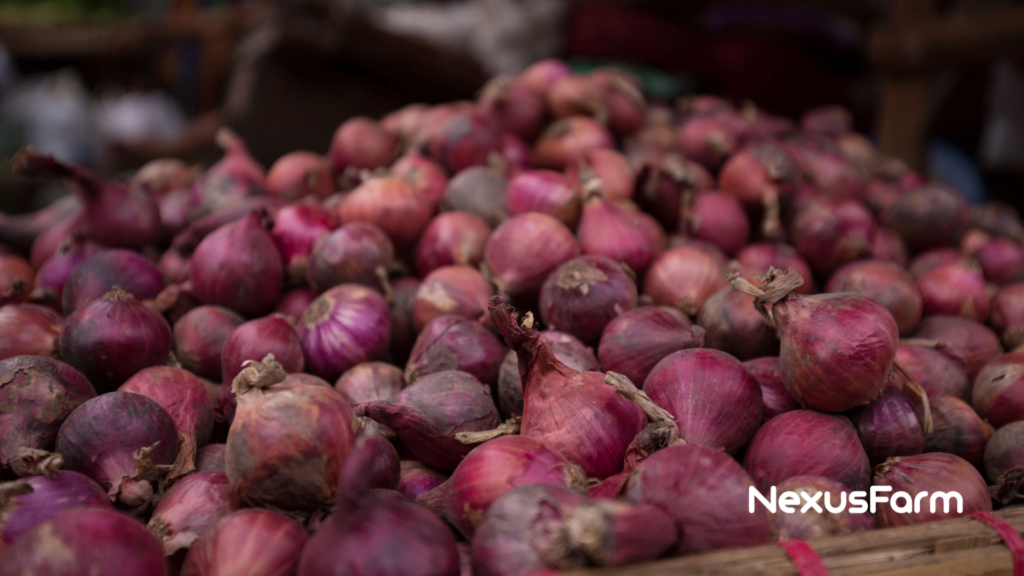
Officials of the National Dairy Authority (NDA) recently met with Agriculture Secretary Francisco P. Tiu Laurel, Jr. to discuss strategies and proposals to increase milk production in the country. The NDA provided the DA chief with an overview of the country’s current dairy situation, including a status report on project implementation, the number of animals distributed in 2023, and growth figures, among others.
NDA Administrator Dr. Gabriel L. Lagamayo expressed the agency’s aim to boost the country’s milk output to 80 million liters by 2028, a small portion of the projected demand of 2.143 million metric tons by that time. Achieving this goal requires a comprehensive approach, including increasing the number of animals in the milking line, enhancing dairy productivity, expanding distribution networks, constructing additional dairy-related infrastructures, and promoting the consumption of local milk and dairy products.
Secretary Tiu Laurel welcomed NDA’s suggestions and expressed full support for the dairy agency’s plans. He recognized the positive impact of developments in the dairy industry, describing it as a “low-hanging fruit” in the government’s goal of boosting agriculture’s contribution to the broader economy and improving the lives of millions who depend on the sector. By increasing the number of cattle in the milking line, production can be increased, leading to immediate effects. Developments in this sector will not only benefit farmers but also help address malnutrition in the provinces.
Dr. Lagamayo emphasized the crucial role of the DA Secretary’s support in advancing the industry. With Secretary Tiu Laurel’s extensive experience in industry development, the NDA believes he can successfully apply similar concepts to enhance the local dairy sector.
Pending the release of national data for milk production from the Philippine Statistics Authority (PSA), NDA records show that cattle production in 2023 reached 17,850 metric tons, accounting for approximately 0.8% of the total milk consumption of 1.937 million metric tons. This consumption figure represents an increase of 1,372 metric tons compared to the previous year (2022). The NDA projects a further rise in demand for milk consumption to reach 1.978 million metric tons this year.
Based on these figures, the NDA advocates for greater investment in dairy cows, which are the primary milk producers. The herd experienced a 45 percent growth, reaching 75,798 in 2023 from 52,188 in 2018.
To achieve the goal of increasing milk production, several strategies can be implemented. Firstly, there needs to be an increase in the number of animals in the milking line. This can be achieved through breeding programs and the distribution of dairy cattle to farmers. By providing farmers with high-quality dairy cows and the necessary knowledge and resources for their care, milk production can be significantly increased.
Secondly, it is important to focus on enhancing dairy productivity. This can be done through the adoption of modern farming techniques, improved feeding practices, and regular veterinary care. By ensuring the health and well-being of the dairy animals, their milk production can be optimized.
Expanding distribution networks is another key strategy. This involves improving the transportation and storage infrastructure for milk and dairy products. By establishing more collection centers and cold storage facilities, farmers will have better access to markets, and consumers will have a steady supply of fresh milk and dairy products.
Constructing additional dairy-related infrastructures, such as processing plants and milk cooperatives, is also essential. These facilities will enable farmers to process their milk into value-added products, increasing their income and creating more opportunities for the local dairy industry.
Lastly, promoting the consumption of local milk and dairy products is crucial for the growth of the industry. By raising awareness about the benefits of consuming local dairy products and supporting local brands, consumers can be encouraged to choose locally-produced milk over imported alternatives.
In conclusion, increasing milk production in the Philippines requires a comprehensive approach that involves increasing the number of animals in the milking line, enhancing dairy productivity, expanding distribution networks, constructing additional dairy-related infrastructures, and promoting the consumption of local milk and dairy products. With the support of the government and the implementation of these strategies, the country can work towards meeting the growing demand for milk and improving the livelihoods of farmers while addressing malnutrition in the provinces.
Source: www.da.gov.ph

